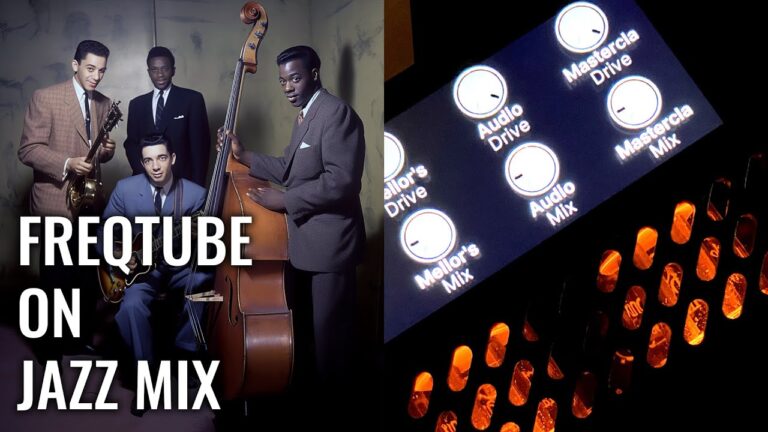What basic equipment do you need to make professional recordings?

Every so often an Audio Masterclass student will send in their first assignment, which is a simple recording of speech, and we will find that it is noisy, or distorted, or has a poor frequency response, or a combination of these problems. When this happens, the problem is normally equipment that isn't up to the job.
We haven't yet found any digital audio workstation (DAW) software (here's a list) that has any kind of problem with poor sound quality, so the issue is always in the microphone, cable or audio interface.
Microphone and cable
To make recordings of a professional standard then you need a microphone that is designed specifically for professional audio, that features an XLR connector on the output, and has an internal transformer to balance the signal (or in a higher price bracket, a circuit that mimics the action of a transformer). The Shure SM57 is the minimum standard we recommend. If you want to try to find a cheaper mic, then check that it has an XLR output connector (which you can see) and a transformer-balanced output (which you can't see, so you'll have to check the specifications).
This is a Shure SM57...

This picture shows the male XLR output connector of the microphone and the female XLR to which it connects...

This photo shows the male XLR connector at the other end of the microphone cable...

This is important - You must use a microphone that has an XLR output connector. Your microphone cable must have a female XLR connector at the end that connects to the mic and a male XLR connector at the other end. If you buy a cable that is specifically sold as a microphone cable by a pro audio dealer then you are unlikely to go wrong.
These connectors are not acceptable to connect a microphone in the context of professional audio...




You might ask the question why none of the connectors in these images is acceptable. The full answer is long and detailed, but the short answer is that audio professionals don't use them for connecting microphones. If you aspire to be an audio professional, then why would you do something that the professionals don't?
Audio interface
Your computer may have an audio input, but it won't be designed to the standards required for professional audio, so you'll need an audio interface to connect your microphone and record from it into your DAW.
The audio interface must have these features...
- Two microphone inputs on XLR connectors
- Phantom power
If it has these features, it will almost certainly have everything else you need. We don't know of any audio interfaces that have these features and are not suitable for professional audio, although we remain vigilant for exceptions.
The reason you need two microphone inputs rather than one is that you can't make a stereo recording with just one microphone. Recording in stereo is something that you will want to do at some point, so it makes little sense to buy an audio interface that doesn't have this capability.
Phantom power is necessary for capacitor microphones. The Shure SM57 is a dynamic mic and doesn't need powering, but any audio interface that has been designed for pro audio applications will have phantom power. If you come across an audio interface that doesn't have phantom power, then it wasn't designed with professional audio in mind.
The minimum standard (i.e. the cheapest) audio interface we recommend is the Tascam US-144 MkII...

You can see the two XLR microphone inputs on the front, and the phantom power switch on the top. If you can find an audio interface that is cheaper than this, then as long as it has the features listed above then it is likely to be adequate for professional audio.
In summary, if you want to make recordings of a basic professional standard you can't cut any corners. In the equipment shown above, all the corners that it is possible to cut have been cut already. Of course you can aspire to equipment of a higher level of quality, but with equipment equivalent to that illustrated above you will be able to make a recording that is entirely adequate technically.






























